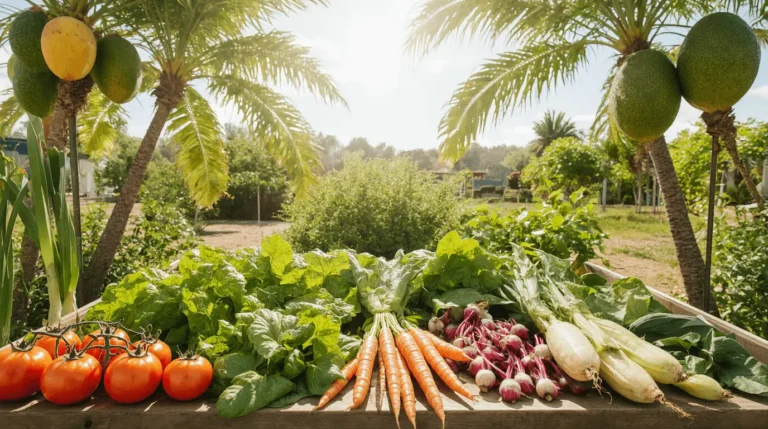When I first discovered the allure of the red avocado variety, its vibrant hue and unique flavor felt almost undeniable, especially for gardeners and food enthusiasts like me who enjoy experimenting with rare plants. Over time, I learned that successfully cultivating this tropical gem takes more than a green thumb—it requires a strategic approach to planting, nurturing, and even troubleshooting small issues to ensure the trees thrive. By following a few essential steps, I began to understand the intricacies of growing red avocados and the Red Avocado Variety, and each season offered new invaluable insights that helped transform my garden into a flourishing oasis filled with this exquisite fruit, ultimately guiding me toward a truly bountiful harvest.
Prepare Your Garden for Red Avocado Planting
- When choosing a spot for the red avocado variety, I always pick an area that receives full sunlight for 6-8 hours a day, because it thrives in warm climates, and I make sure the area is sheltered from strong winds and frost to protect young plants.
- For my avocado trees, I check for well-draining soil and test the ground pH to keep it between 6.0 and 6.5 for optimal growth, then amend the ground with organic materials like compost and peat moss to enhance drainage and improve nutrient content, especially when I notice inadequate soil conditions such as yellowing leaves, stunted growth, nutrient deficiencies, or root rot affecting overall soil quality.
- I’ve learned that utilizing Everglades Farm’s professional-grade fertilizers packed with vital nutrients helps maintain healthy plant growth, and when my soil retains too much water, I consider planting the avocado on a mound, a practice that aids drainage and prevents plant decay in wet areas.
- Before preparing the ground, I make sure to remove all weeds, rocks, and debris from the planting area to reduce competition for nutrients and water, since these small steps make a big difference in helping the roots settle well.
- Before planting, I always water the area thoroughly so the soil is moist but not waterlogged, which helps the roots establish more easily and supports strong early growth.
If you enjoy growing rare tropical varieties, you might also love our guide on the Butterscotch Sapodilla Tree, another rewarding fruit tree that thrives in warm climates.
For trusted scientific advice on planting and caring for avocado trees, consider the UC ANR guide on avocado growing and culture.
Plant Red Avocado Trees: Step-by-Step Instructions
- When I begin planting a red avocado variety, I always dig a hole that is twice as wide and the same depth as the base of the plant, usually around 3 to 5 feet in diameter, so the roots can spread easily and form a strong foundation, especially since avocado plants flourish only when ground temperatures stay between 68 to 77°F and 20 to 25°C, conditions that ensure the planting location satisfies all requirements for optimal growth.
- I often consider planting alongside soursop plants, which also benefit from similar soil conditions and care, and before anything else, I remove the tree from its container, working carefully as I take it out, ensuring minimal harm to the plants, especially when they are tightly bound, so I loosen the roots to promote growth in a more advantageous way for both planting and future health.
- Once ready, I position the plant and align the top of the ball of roots so it sits even with the surrounding earth, which prevents water pooling around the trunk and avoids rot, and I follow the same approach when planting passion fruit vines, soursop trees, or other varieties, because similar care and proper ball placement often guarantee better long-term success.
- After that, I backfill the space and refill it with the original earth, lightly packing it to eliminate air pockets, then I moisten soil while filling to aid the settling process and supply hydration to the roots; this method is highly effective for the red avocado variety and great for promoting healthy establishment in many tropical plants.
- I always water generously and provide deep watering to help in establishing foundation, keeping the soil in damp earth conditions during the initial weeks, while avoiding sogginess to prevent root decay, which is especially crucial for plants that prefer well-drained earth, such as soursop, making sure they never sit in excess moisture.
- To finish, I add mulch in a protective layer to retain moisture and suppress weeds, keeping it a few inches away from the trunk to prevent decay; I’ve always found this suggested practice helpful because it aids in retaining moisture, stabilizing temperature, and improving the ground, ultimately integrating all the steps that support thriving planting, robust development, and a healthy red fruit-bearing plant you can savor as your rewards for the efforts and advantages of cultivating passion fruit, soursop, and other crops in a rich tropical garden.
Maintain Your Red Avocado Trees: Watering, Fertilizing, and Pruning
- I always begin with watering my red fruit plants carefully, making sure to deeply irrigate them once a week and let the top few inches of soil dry out between waterings, because mature plants require approximately 20 gallons of water each day during the irrigation season, especially when seasonal variations shift to 121 liters per day in autumn, so I adjust my watering frequency based on rainfall and temperature to maintain optimal moisture levels and overall health.
- When the seasons shift into early spring or late summer, I apply a balanced fertilizer specially designed for this fruit, keeping the annual nitrogen application close to 1/2 to 1 pound and following the manufacturer’s guidelines for application rates, because research indicates that nitrogen fertilization can significantly enhance yield and fruit size when staying within effective levels like 250 g to 500 g per plant annually, which is why I never ignore its importance in plant care.
- My routine includes yearly pruning where I remove dead branches or crossing branches to shape the tree; this practice promotes improved air circulation and better sunlight penetration, both essential for optimal fruit production, and it also aids in preventing pest infestations, something many experts in the field strongly recommend.
- I make sure to regularly inspect for pests like thrips or mealybugs, and once detected, I promptly address the infestations with organic insecticides or neem oil to protect the tree and encourage healthy growth, because it’s crucial to act quickly—especially since issues like fruit drop can happen fast.
- Around the base of each plant, I maintain a 2-3 inch layer of mulch, replenishing it whenever needed, making sure it is applied 6-8 inches away from the trunk to help retain soil moisture, suppress weeds, and improve soil quality, all of which keep the tree contributing to its overall vitality throughout the year.
Troubleshoot Common Issues in Growing Red Avocados
- When I notice yellowing leaves, it usually indicate nutrient deficiencies such as low nitrogen, phosphorus, or potassium, so I address it early and apply a balanced fertilizer carefully formulated for avocado plants, always ensuring adherence to the recommended application rates. I also rely on regular observation of the plant’s growth to assess treatment effectiveness, and I use applying mulch at the base to retain moisture and suppress weeds, which keeps the tree promoting healthy growth overall.
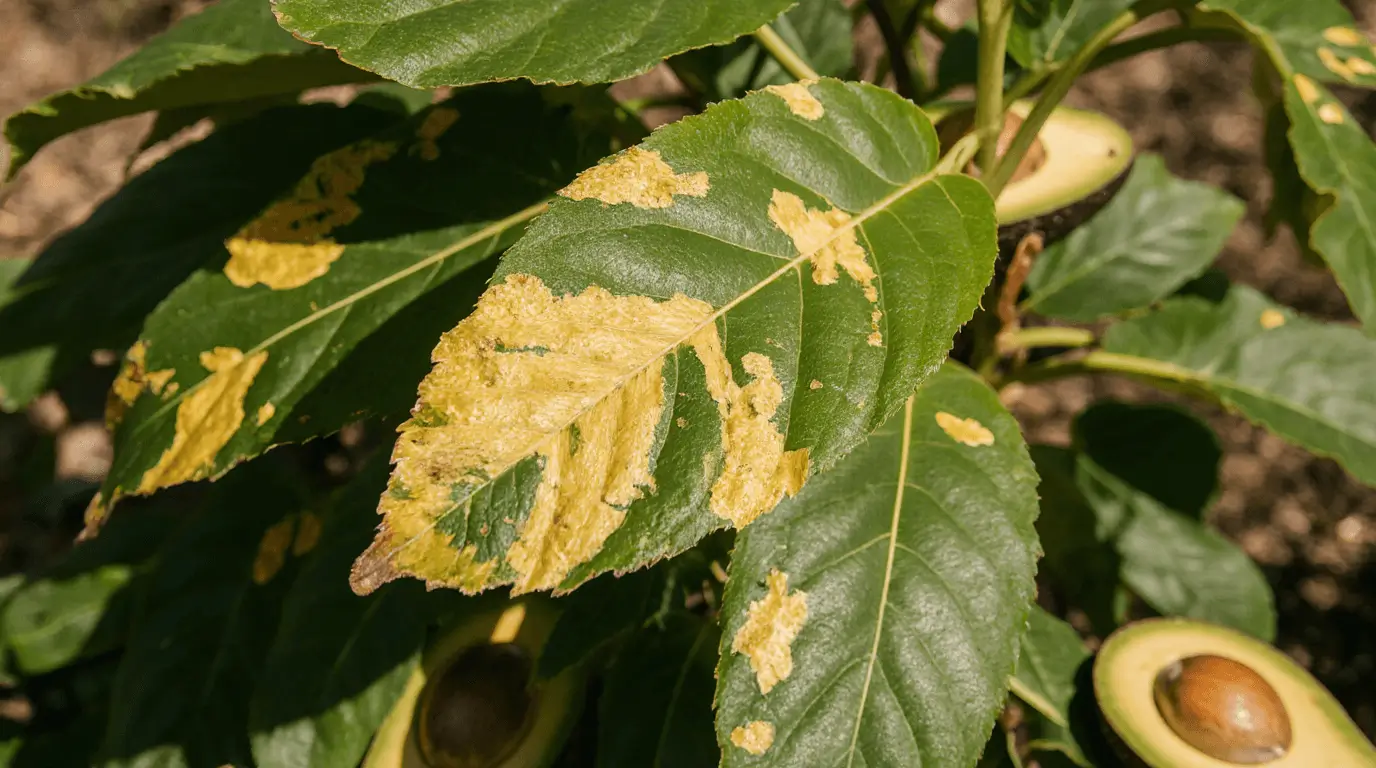
- When dealing with wilting in avocado trees, I’ve learned that it can result from overwatering or underwatering, so I resolve it by starting with a simple check of moisture levels in the soil and ground. If things feel overly saturated, I reduce the frequency of watering, and conversely, when it feels dry, I increase watering to restore the moisture balance in a way the roots prefer.

- A poor fruit set happens sometimes when the tree flowers but does not produce fruit, often due to insufficient pollination or nutrition. To improve pollination, I consider planting another fruit variety nearby, since cross-pollination can significantly enhance the fruit set and help the tree perform the way it should during the season.
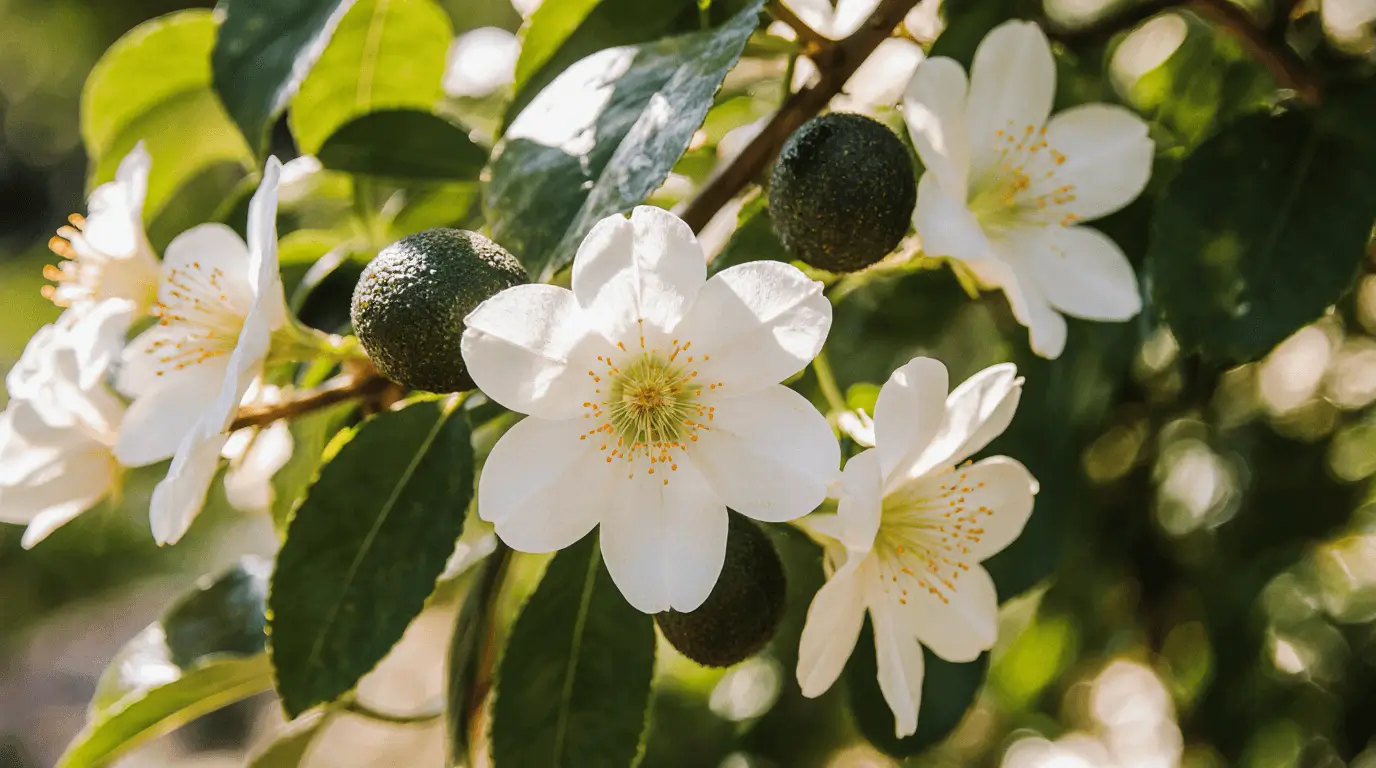
- Whenever I see signs of pest infestations, especially pests like thrips or mealybugs, once they are detected, I make it a crucial step to address promptly using organic insecticides or neem-based options. With regular monitoring, I stay ahead by catching infestations early, minimizing damage, and ensuring the tree maintains healthy growth as it recovers.
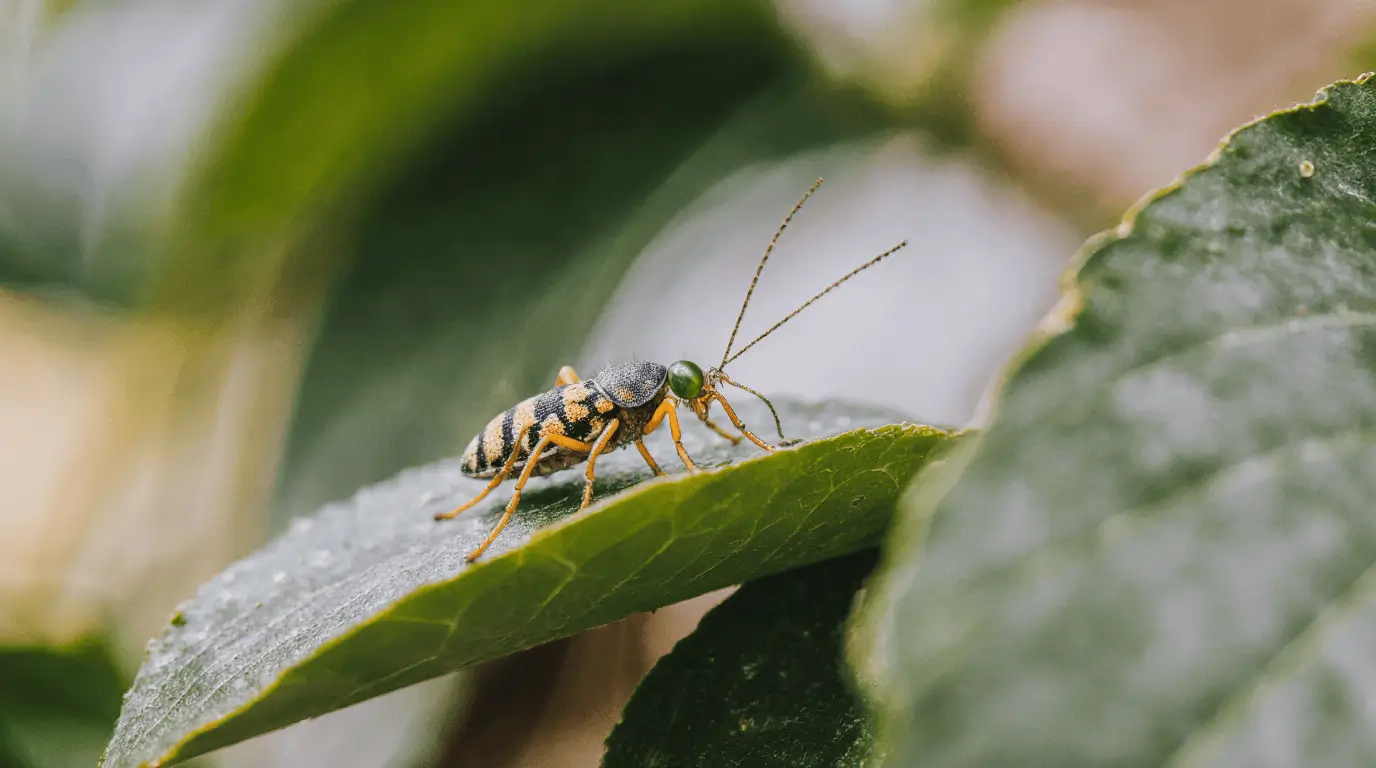
- When I’ve had trouble with root rot, a very common issue in fruit-bearing plants, it usually comes from inadequate drainage, so I try to prevent it by improving the planting area and maintaining proper drainage around the root zone. If suspected, I remove the affected plant, enhance soil drainage, and begin replanting carefully to avoid recurrence and protect the future tree’s health.
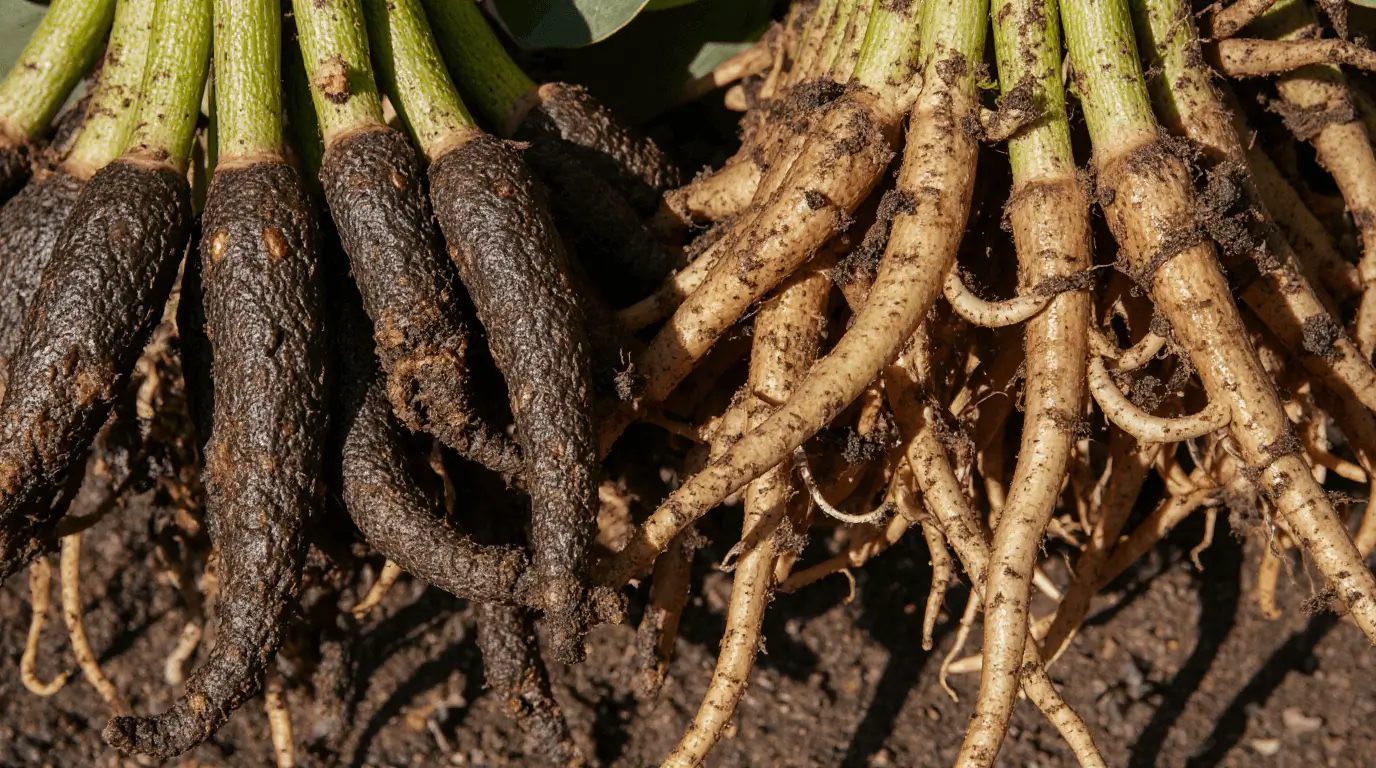
Conclusion
Caring for red avocado trees becomes much easier once you understand the common warning signs and how to respond to them. From managing yellowing leaves and correcting nutrient deficiencies to preventing root rot, each issue can be resolved with simple, consistent care. Paying attention to watering routines, soil conditions, and early pest detection helps your trees stay strong and productive. With proper monitoring, quick action, and the right practices, your red avocado plants will reward you with healthier growth and improved fruiting every season.
Read Also:
- Gardening & Plant Care Guide for Thriving Plants
- Tropical Fruit Trees: Grow Exotic Paradise at Home (Guide)
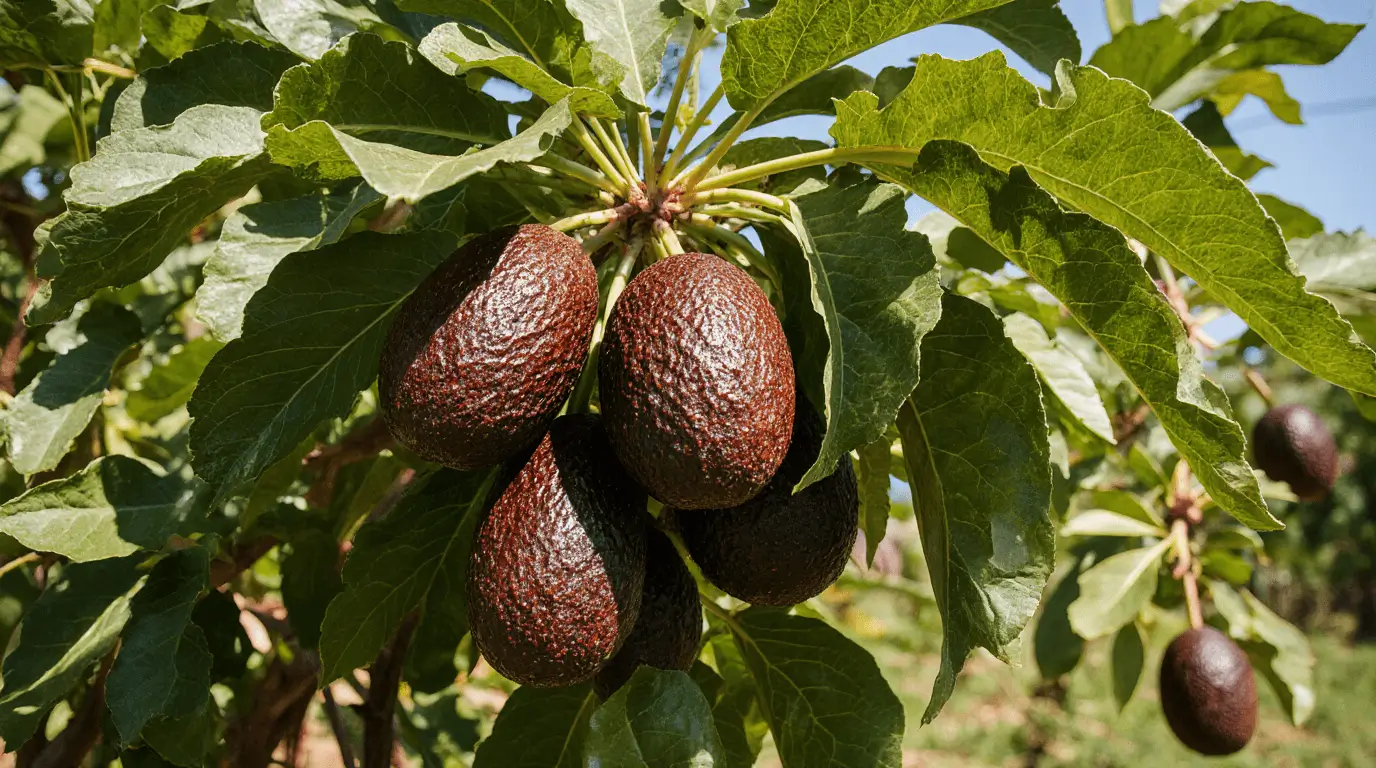
FAQs
1. Why are the leaves on my red avocado tree turning yellow?
Yellowing leaves usually mean the plant has nutrient deficiencies, especially nitrogen, phosphorus, or potassium. Applying a balanced fertilizer and following the recommended application rates often fixes the issue.
2. How do I know if my tree is overwatered or underwatered?
Check the moisture levels in the soil. If it feels overly saturated, reduce watering. If it feels dry, increase watering to restore the moisture balance.
3. What causes a poor fruit set in red avocados?
A poor fruit set can happen when the tree flowers but does not produce fruit due to insufficient pollination. Planting another fruit variety nearby helps with cross-pollination and can significantly enhance fruit production.
4. How can I prevent pest infestations?
Perform regular monitoring and act quickly when pests like thrips or mealybugs are detected. Use organic insecticides or neem oil to address promptly and prevent minimizing damage.
5. What should I do if my tree shows signs of root rot?
Root rot is typically caused by inadequate drainage. Improve the planting area, ensure proper drainage, and remove the affected plant if needed. Avoid replanting until the soil has been corrected to avoid recurrence.


